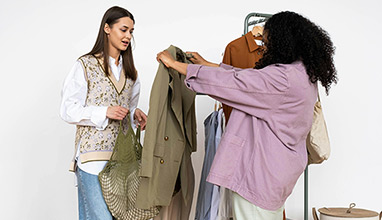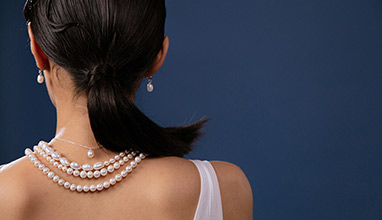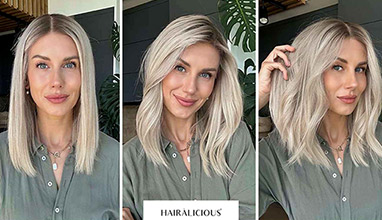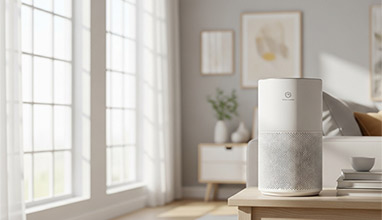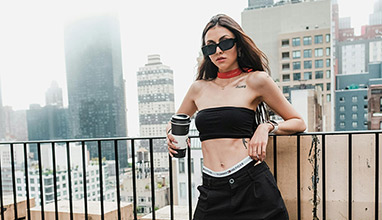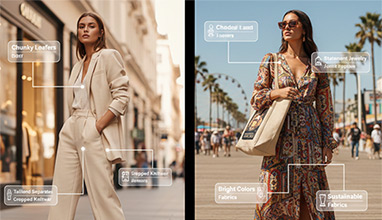How To Decide On A Custom Patch Maker
Custom patches are great for adding a dash of colour into your life. They can also be used to promote any clubs, charities, businesses, or events that you’re a part of. They are embroidered and placed onto a backing that can be fixed onto jackets, clothing, or bags – so you can represent them no matter what! If you’re thinking about creating a personalised or customisable promotional product, before you decide on your final embroidered patches, it is best to do some research to decide on a customer patch maker. Here are a few things to consider before making your patches.
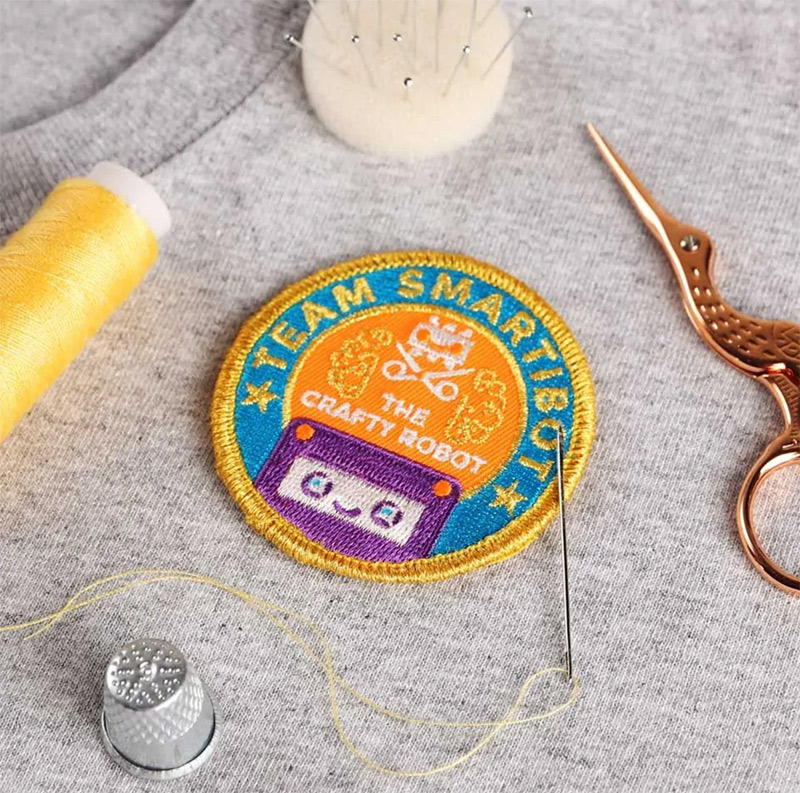
Tread and twill
When designing your custom patches, thread and twill are two of the most important components. Twill refers to the background colour of your patch – it is basically the canvas to your thread. The thread refers to the pattern on the patch, it is embroidered onto the twill to create the design you want. Sometimes, your twill will be completely covered by thread, making it invisible, or it may only be partially covered when embroidered with your design, therefore making sure you select the right colours is essential. Thread on twill can also give a 3D effect. You can also embroider your patch with an embroidery digitizing software.
Types of backing
Being able to add a patch to clothing or accessories with ease is essential, so knowing which backing is most suitable for you is important. There are four different types of backing:
- Sew-on – sewing a patch onto a garment means that it is permanent and reliable. It can withstand washes, extreme situations and wear and tear. They can be sewn on using a machine or by hand. Sports, school, or club patches would benefit from this method
- Iron-on – An iron-on patch is a more temporary solution that can be applied with ease. They can come loose with washing, so if you need to make an iron-on patch permanent, ironing on and then sewing for extra security is key. If you’re looking for a temporary fix for an event, this method would be best
- Stick-on patches – These are ideal for temporary use; they are as simple as a sticker! All you must do is unpeel the backing and stick them on. They are good for short term, one-day events and can spruce up laptops, folders, and notebooks
- Hook & Loop – The hook part of the patch is present on the backing, the loop part of the patch is provided separately and attached to your garment. This method is great for armed forces, emergency, and public services.
Embroidered vs. Woven
When you’ve chosen your backing with regards to what you need your patch for, you need to choose the method that is best for creating the most important part of your patch, the front that everyone sees! Woven patches refer to thread only, they are smooth and flat. In contrast, embroidered patches are sewn onto twill as mentioned previously, which gives a raised, more 3D effect. Embroidered patches can create a strong, clear design on a large patch, but woven patches are better for smaller sizes that require a lot of detail.
Custom PVC patches
PVC patches are strong and durable. They are lightweight and water-resistant, so are great for adding to active or sportswear, as well as being easy to clean, so they’re good if you’re sport means getting muddy! You can add any design you like to your patch, whether that’s a logo or a custom design. If you choose to opt for a PVC patch, sewing them onto clothing or garments is recommended, although you can choose a hook and loop fitting, or stick on if you’re going for something a little more temporary.
Hits: 10210 | Leave a comment



